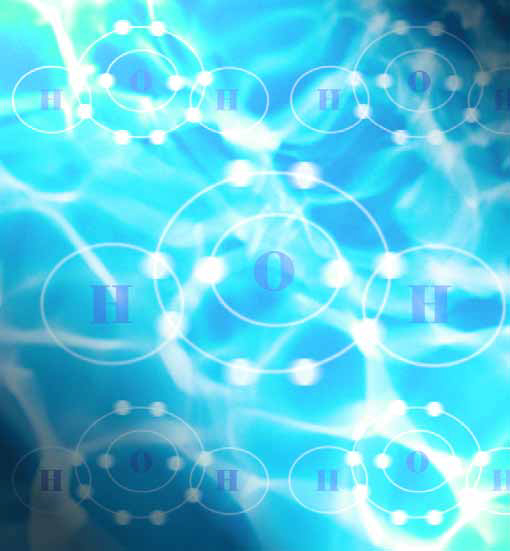safety
Anyone who's a parent knows that taking pride in their children's accomplishments and personal growth is one of life's greatest joys. In my case, that pleasure has been one of the defining factors of my existence for the past twenty-plus years - ever since the day my son Brett Herman was born and was joined four years later by his sister, Amanda. I know that I'm right in line with other parents who call their children
Anyone who's a parent knows that taking pride in their children's accomplishments and personal growth is one of life's greatest joys. In my case, that pleasure has been one of the defining factors of my existence for the past twenty-plus years - ever since the day my son Brett Herman was born and was joined four years later by his sister, Amanda. I know that I'm right in line with other parents who call their children
As part of my work on movies and television shows through the past dozen years, I've developed a range of special effects that focus specifically on fire. For the science fiction hit Men In Black, for example, I was charged with devising the flame-spewing weapons wielded by Tommy Lee Jones and Will Smith in a spectacular scene in which they shoot down a flying saucer. That system involved a range of safety issues along with devising a specially formulated fuel (alcohol mixed with various metals) to create blue flames as well as a combination of inert gases and electronic control systems that were used to extinguish the fire and protect the actors. As is the way with so much in Hollywood, an on-screen sequence that lasts just a couple of seconds took my team
When we work in public settings, the basic demand on lighting designers is for straightforward fixture layouts capable of providing enduring effects and requiring minimal ongoing attention. That doesn't sound particularly exciting - and it's not, unless the lighting designer uses it as a baseline and reaches above and beyond.Parks, plazas, resorts and historical sites (among many others) are all spaces that really should come alive at night, but their lighting designs often run counter to that vitality by being so utilitarian that they spark boredom rather than energy. It's easy to understand why this happens: Because such spaces play host to high levels of traffic and often multiple uses, they demand lighting treatments that
When we work in public settings, the basic demand on lighting designers is for straightforward fixture layouts capable of providing enduring effects and requiring minimal ongoing attention. That doesn't sound particularly exciting - and it's not, unless the lighting designer uses it as a baseline and reaches above and beyond.Parks, plazas, resorts and historical sites (among many others) are all spaces that really should come alive at night, but their lighting designs often run counter to that vitality by being so utilitarian that they spark boredom rather than energy. It's easy to understand why this happens: Because such spaces play host to high levels of traffic and often multiple uses, they demand lighting treatments that
Fifteen years ago, aquatic play attractions were found mainly in commercial waterparks in the form of large, multi-level, themed structures. Some smaller elements were found in the shallow ends of swimming pools, but they were generally limited to a few play apparatuses such as water umbrellas. Much has changed in recent years, and aquatic play systems are now featured in a greater variety of settings including city parks, recreation centers, resorts and a range of other recreational spaces. This trend did not burst forth overnight: For more than ten years, our firm and others have been helping things along by focusing attention on the value of concepts related to zero-depth aquatic play. We at Vortex Aquatic Structures in Montreal, for example, have designed our "Splashpads" to bring the joy and recreational value of aquatic play to almost any space. Among our objectives is bringing a measure of the commercial waterpark experience to places such as neighborhood parks, housing developments, campgrounds and other facilities, thereby allowing everyone within a community to experience
When it comes to watershapes designed for human interaction - including pools, spas and fountains - the chemical treatment of the water is a key safety issue that can be handled in a variety of ways. Indeed, says water-chemistry expert Jeff Freeman, so many products and so many approaches are available that the average designer or builder could probably use a bit of guidance to help them keep everything straight, both for themselves and their clients.
It only stands to reason that you can't have a watershape without the water, but I sometimes wonder just how much watershapers really know about


















